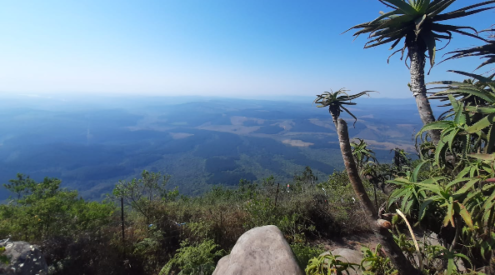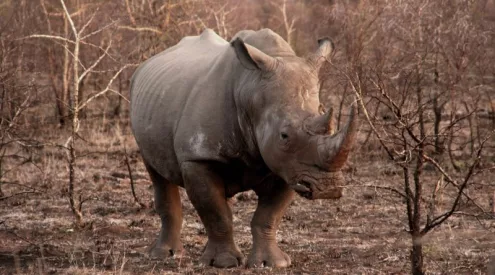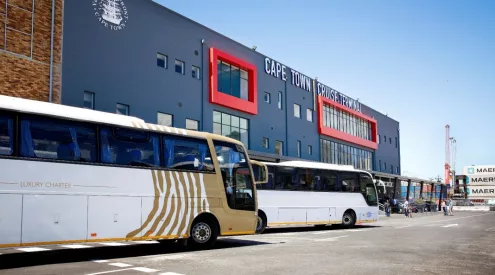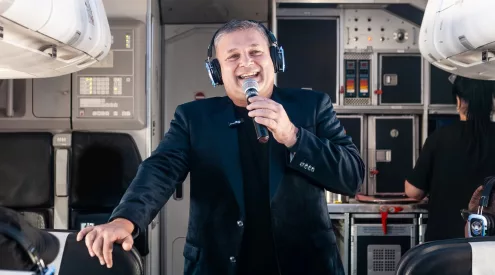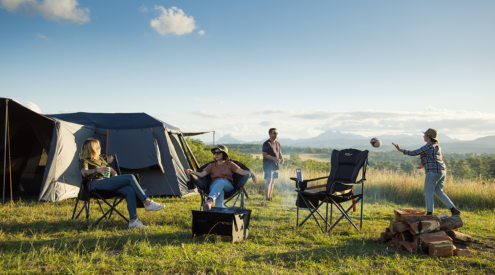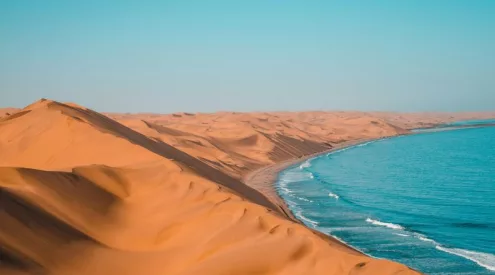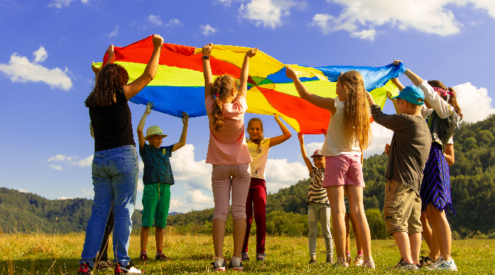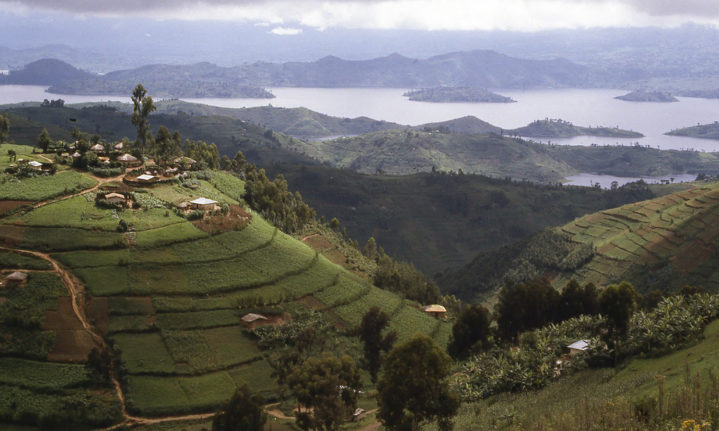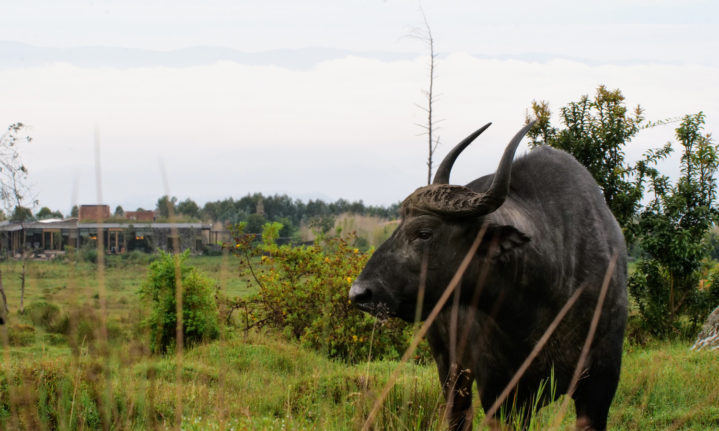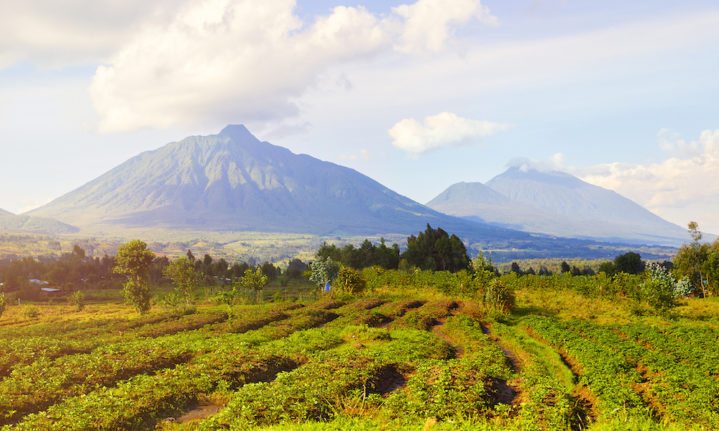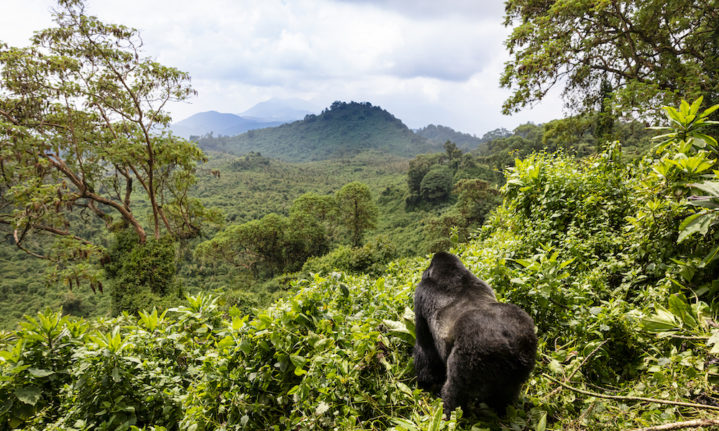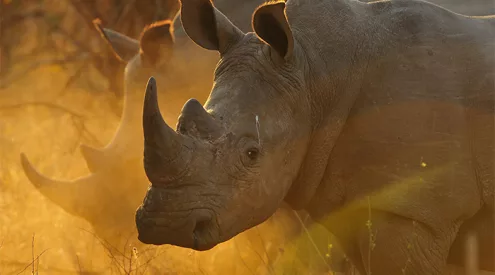The government in Rwanda, as well as public and private shareholders, is working out resolutions to human-wildlife conflict (HWC) in a way that benefits both parties.
When having to choose between conserving endangered wildlife or protecting one’s livelihood, most people choose the latter. Throughout the African continent, conflicts are increasing as the human population grows. In a UN Environmental Progamme (UNEP) research paper, Professor Patience Gandiwe of the Zimbabwe Parks and Wildlife Management Authority says ‘it is a landscape where the possibility of coexistence is not an option, but a necessity.’
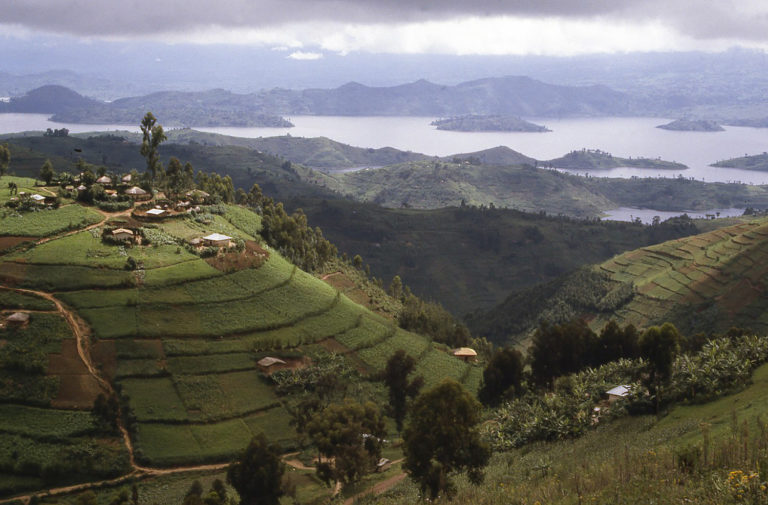
Fences
Believe it or not, not every national park on the continent is fenced in. Communities bordering national parks are the ones most affected by human-wildlife conflict, and their crops and livestock often pay the price.
Jean Bosco lives on the outskirts of Volcanoes National Park and farms Irish potatoes. Several years ago, he struggled to sustain his family after buffalos raided his crop and he lost one tonne of potatoes.
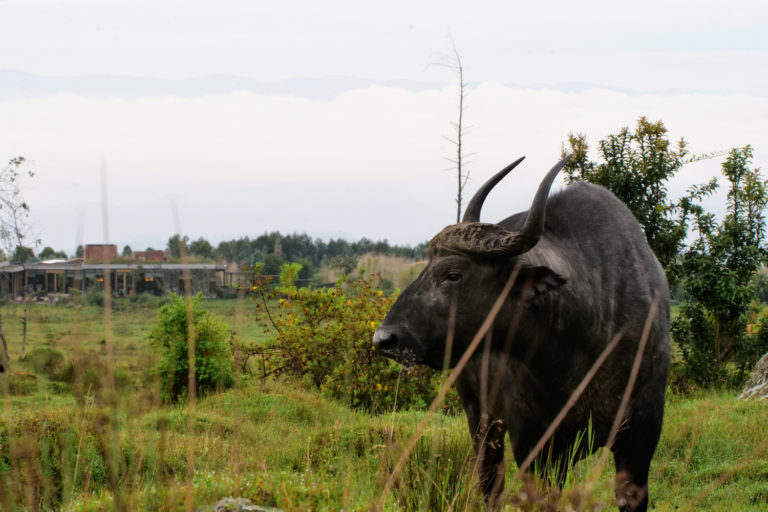
In 2004 the International Gorilla Conservation Programme (IGCP) collaborated with the park’s staff and local communities to build a one-metre high, 76-kilometre long, dry-stone ‘buffalo wall’ around the park. Further, local conservation associations dug trenches to ensure the buffalos and forest elephants could not cross into the neighbouring farms and gardens.
IGCP Rwanda country co-ordinator Benjamin Mugabukomeye says that ‘with such initiatives in place, HWC will be reduced and communities will be more aware of their role in the sustainability and protection of the parks and ensuring good co-existence.’
Community participation
The maintenance of the trench and buffalo wall is done by local community members as well as people in extreme poverty circumstances who have been selected by conservation groups.
The wages the workers are given have helped them buy basic needs and food for their families. Venuste Ndacayisenga, a local community member who helps with maintenance said that ‘Every worker earns Rwf 1500 per day. This money has not only helped co-operative members to take care of their essentially but also poor people to afford basics.’
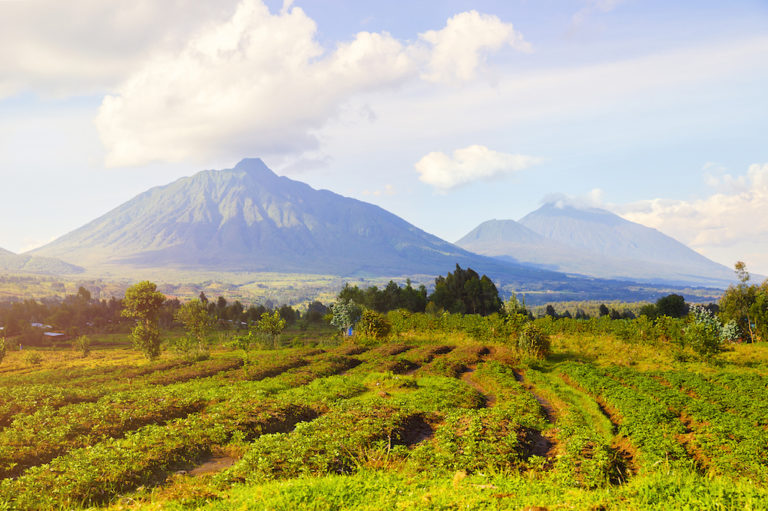
View of tea plantations and Virunga Mountains and Volcanoes in Rwanda
The Rwandan Development Board reported that ‘Rwanda promotes close ownership, participation, and technical support from local communities.’ Communities are paid for their services and resources that are used for wildlife and environmental conservation.
Additionally, 10% of park tourism revenue is invested in development projects for the Rwandan communities surrounding national parks. This is done to encourage ownership and build support for conservation.
Compensation Fund
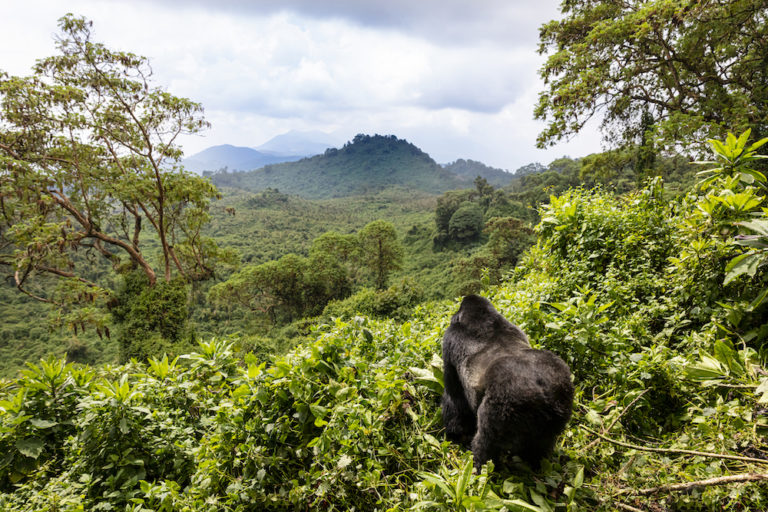
The government also began a compensation fund for those living on the outskirts of surrounding national parks. 5% of revenue generated from Rwanda’s tourism industry goes towards this fund.
The government ensures that these communities are compensated for any property lost after wildlife raids, damage to property, and injuries caused by wildlife. The fund ‘helps communities overcome poverty resulting from human-wildlife conflict.’
Although these measures have not completely resolved the human-wildlife conflict, there has been a definite improvement in Rwanda. Communities are also taking action to protect wildlife, as they are rewarded for their efforts, and compensated after their losses.
Follow us on social media for more travel news, inspiration, and guides. You can also tag us to be featured.
TikTok | Instagram | Facebook | Twitter

